Cute & Curly Kale

Kale
Kale can be traced back to the wild leafy plants that grew on the coastlines of Europe and the Mediterranean region. They were first gathered and cultivated as food as far back as 2000 BC and by the 4th Century were a well known European vegetable feeding man and as a fodder crop for animals.
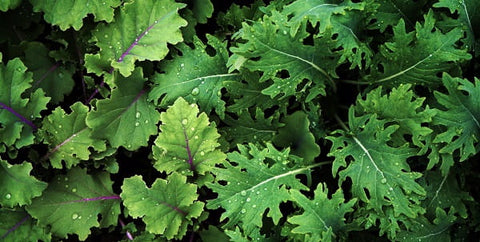
Over the centuries selective breeding has given us a wide range of kale varieties:
Plain leafed – Tronchuda Portuguese Kale and Red Russian types
Curly leafed - Borecole, preferred by Dutch and other Northern Europeans and as an ornamental plant
Rape Kale - mainly an animal feed and for pressing the seed into oil (Canola)
Lacinato – Italian heirloom, think Cavalo Nero with a heavily blistered strap leaf
Kale belongs to the Cabbage family with the botanical name Brassica oleracea and is joined by many other similar plants - Broccoli, Cauliflower, Cabbage, Brussels Sprouts, Collard and Kohlrabi all sharing the same genus and species names. It's not until you classify to sub-species level that they start to separate out.
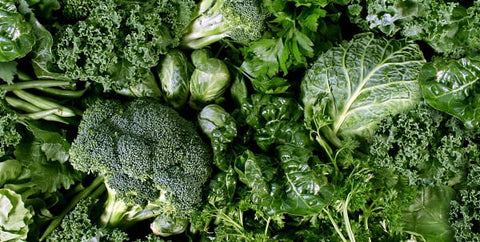
This has proved an excellent opportunity for modern plant breeders to come up with many new cultivars by using the genetics from these closely related plants to improve the qualities and characteristics of kale. We now have improved taste, eating quality, disease resistance and productiveness in our modern kale varieties compared to what used to be on offer.
Kale is packed full of vitamin A for eye and bone health, vitamin B and Omega 3 for brain health, and has twice as much vitamin C as Spinach! Being a part of the Brassica family, that also includes Mustard and Radish, it's excellent for maintaining gut health and regularity.
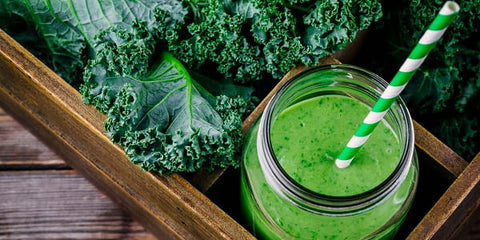
It can be eaten raw as a baby leaf, sautéed, stir-fried, boiled, fried and baked without loosing too much of its shape. For something quite different, try brushing it lightly with olive oil and sprinkle it with herbs then baking it at a low temperature until it’s a crisp leaf chip. The Dutch like to eat it as a combo mixed through mashed potato with small pieces of bacon to give it a saltiness and a bit of protein.
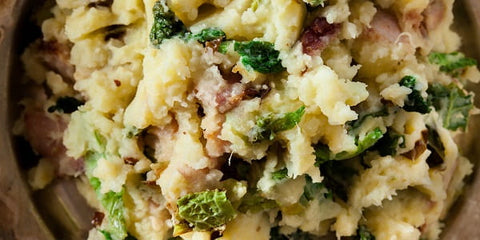
Kale prefers a fertile well drained soil, high in organic matter with a pH range of 6.0 to 7.5. Consistent soil moisture will also produce the best quality leaves.
Kale is very hardy however its eating quality improves when grown during the cooler months as it will be sweeter and less bitter, the leaf colour is also intensified during this period.
It's ideal as a cut and come again plant by only harvesting the outside leaves a few at a time and allowing the younger ones to develop.
It has few pest and disease problems - aphids and powdery mildew would be the main ones, with white butterfly being a nuisance during the late summer and autumn months.
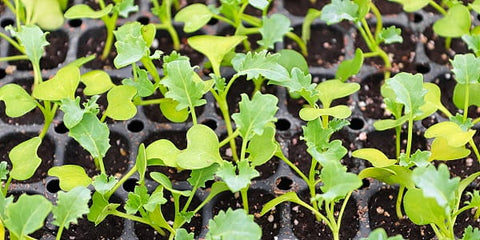
.
Sow a few plants every few weeks from late summer right through to the end of autumn (it’s a cool germinator so can handle the lower temperatures), then again in spring for early summer baby leaf for salads.
Left to get bigger, the outside and mankier leaves will be popular treats for your chooks, pet rabbits and pet lambs to nibble on.
For more tips and recipes click here
























































